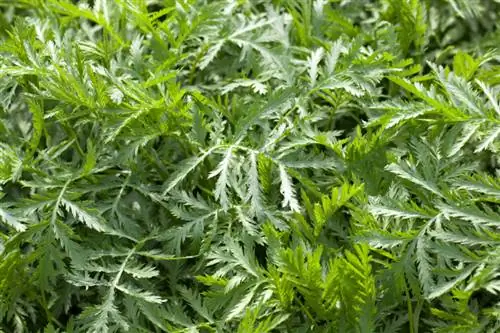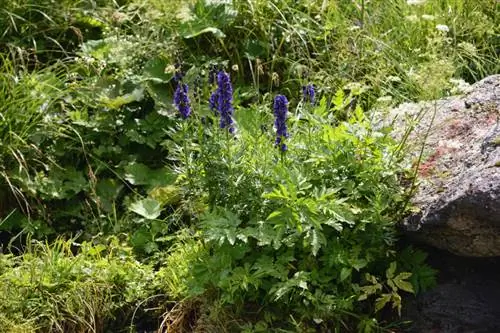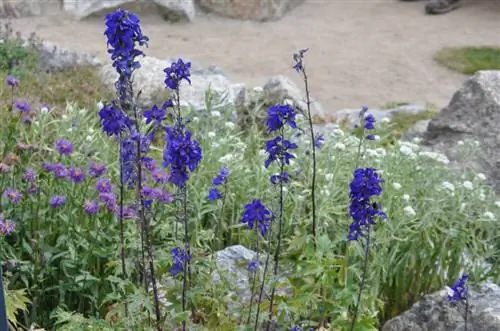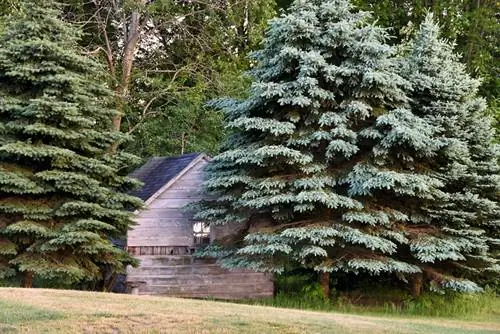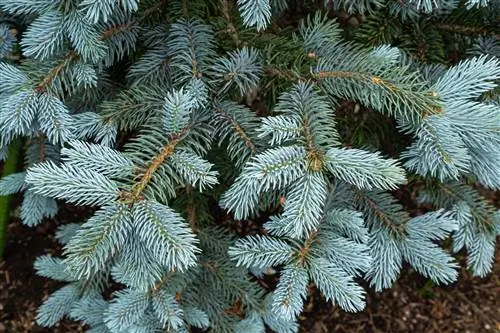- Author admin [email protected].
- Public 2023-12-16 16:46.
- Last modified 2025-01-23 11:20.
You shouldn't mess with it and its toxins, because it is rightly considered the most poisonous plant in Europe - the blue monkshood. How can you recognize this poisonous plant and what other non-poisonous plants can it be confused with?

Which plants can the monkshood be confused with?
Blue monkshood can most often be confused with mugwort (silvery, hairy leaves, strong smell), wormwood (grey-silvery foliage) and common sage (sage-like smell, hairy leaves). Wear gloves to avoid skin contact!
This is how you recognize the blue monkshood
The blue monkshood is also known under the names blue foxglove, poisonweed, storm hat, wolfsbane, Venus chariot and skullcap. It is a member of the buttercup family and has palmately fingered foliage, which is typical of this family.
The blue monkshood grows very straight and reaches a height of between 50 and 150 cm. Its stems are strong, stiff and have few branches. The dark green leaves lie around them in an alternating sequence. The upper leaves are smaller than the lower leaves. All leaves have 5 to 7 parts and are almost glabrous down to the base.
Here are other characteristics by which you can recognize the Blue Monkshood:
- upright, terminal, raceme-like inflorescences
- Flowering period from July to September
- blue to violet-blue flowers
- Flower helmet is wider than it is tall
- light green, later brown capsule fruits
- 10 to 14 brown, poisonous seeds per fruit
Caught: That's where it likes to grow best
You can find the blue monkshood throughout Central Europe. It prefers to grow in mountainous areas. There it can be found wild in damp meadows and along watercourses. The blue monkshood is a rarity in full sun, dry locations. It needs cool and moist soil to grow.
Candidates he can be confused with
Before you check whether it is the Blue Monkshood or one of its candidates for confusion, put on gloves! Skin contact with monkshood can cause numbness and other symptoms of poisoning.
The Blue Monkshood is most often confused with:
- Mugwort: Leaves hairy and silvery underneath, strong smell when crushed, inconspicuous white-gray inflorescences
- Wormwood: gray-silver foliage, similar to mugwort
- True sage: Leaves have a strong sage-like smell, leaves are hairy
Tip
Do not pull up a monkshood growing in the wild if you are concerned about its toxicity! It is protected and damage to the plant can result in fines if caught.

